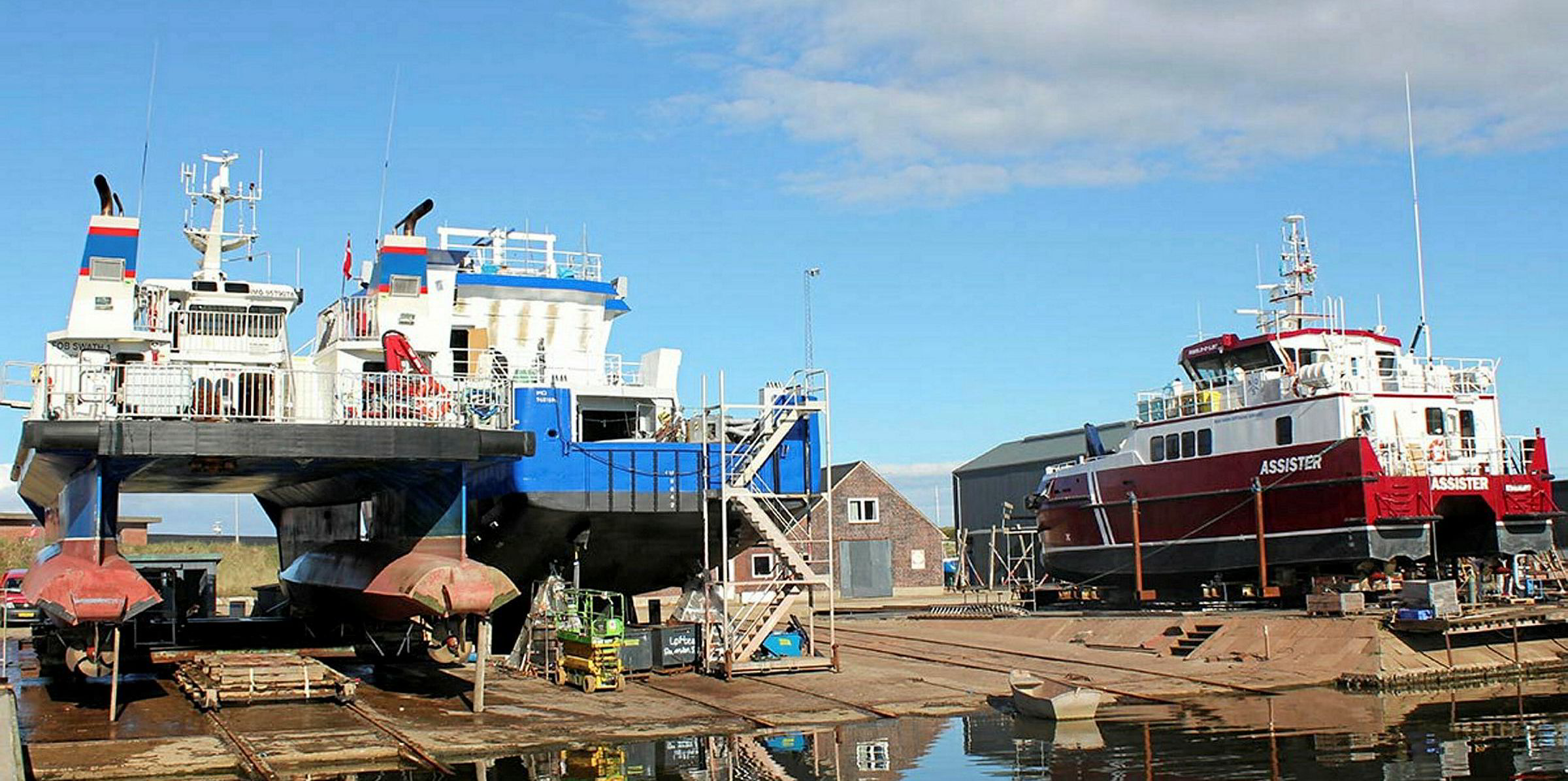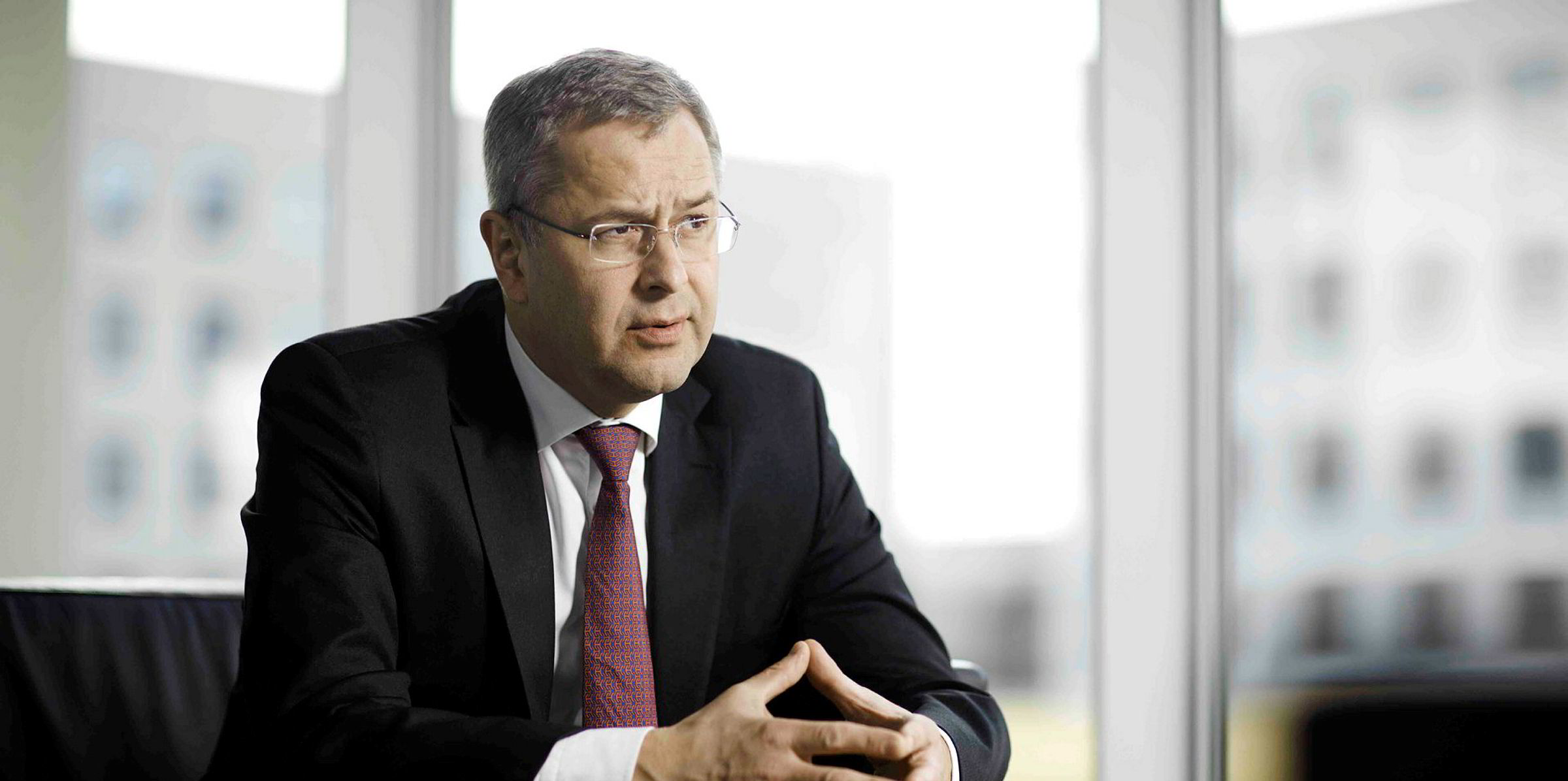The owner of shipping company J Lauritzen is backing a new Danish project to produce hydrogen bunkers from wind power.
The research, overseen by Denmark's ShippingLab, will focus at first on converting turbine energy at the port of Hvide Sande into gas for a fuel cell that will power a new dredger there.
This work is envisioned to take a "few years", but beyond that the project has ambitions to make the use of hydrogen commercially viable within shipping in general.
The non-profit ShippingLab is funded by the Lauritzen Foundation, Innovation Fund Denmark, the Danish Maritime Fund and Orient’s Fund.
It will focus on developing the new fuel cell module and the necessary equipment on board the ship.
Hvide Sande Shipyard is also involved, as is fuel cell producer Ballard Power Systems and Odense Maritime Technology.
Not as simple as driving a bus
Some buses and trucks now run on the renewable fuel, but the special conditions on board a ship mean very different requirements, said Kristina Juelsgaard, business development director at Ballard Power Systems Europe.
"There is a huge difference between running a bus on hydrogen through town and bringing the same power system on board a vessel affected by waves and current," she added.
"There is the weather and the effect of water and salt, and at the same time the system must be able to handle both the propulsion of the vessel and increased work load when the vessel is lying still dredging."
Juelsgaard said Ballard has developed a good solution for this, and cooperation is now absolutely crucial to having this tested at sea.
"Not all types of green fuel will be suitable for all kinds of vessels, so we are looking forward to having a good, shared experience with hydrogen," Juelsgaard added.
Design based on offshore ship
The ship will be based on a well-known design for a tug supply vessel.
Hvide Sande chief executive Carl Erik Kristensen said the project was "possibly unprecedented".
"Hydrogen works very well in other connections, so if all goes well, it can also be used here. We are happy to be a part of this project because we as a shipyard want to be in the forefront of the development of new solutions which can make shipping far more sustainable in the future," he added.
Loading and storage of the flammable gas is an important issue for the team to address.
Ventilation, firefighting and monitoring must be considered.
Whether the application is commercially viable is another factor.
Odense Maritime chief commercial officer Thomas Eefsen said: "We see a large potential in the use of hydrogen in terms of reducing the climate impact, especially from operations close to shore.
"Our interest in the project is to demonstrate and assess the potential of 'green' hydrogen all the way from production, storage and bunkering and to application as fuel for propulsion."
Hopes for greener cargo transport
He added: "When we have, hopefully, succeeded in this, the use of hydrogen can be important in making the local shipping greener, and when shipping becomes more climate friendly, we hope to see a much larger amount of cargo transported on ships, thereby increasing the turnover in the shipping business."
The parties will spend the next two years developing a business case, while conducting practical tests.
ShippingLab chairman Kjeld Dittmann added: "Shipping is facing large challenges in terms of converting operation from traditional fuels to more environmentally friendly solutions, and for short sea shipping, fuel cells seem to be a promising alternative."
Hvide Sande has already delivered five vessels with battery hybrid technology and is about to construct a fully electric ferry for the island of Fano.
ShippingLab's total budget is DKK 87m ($13.26m). Owners such as Maersk Tankers, Torm, Norden and DFDS are listed as partners.






